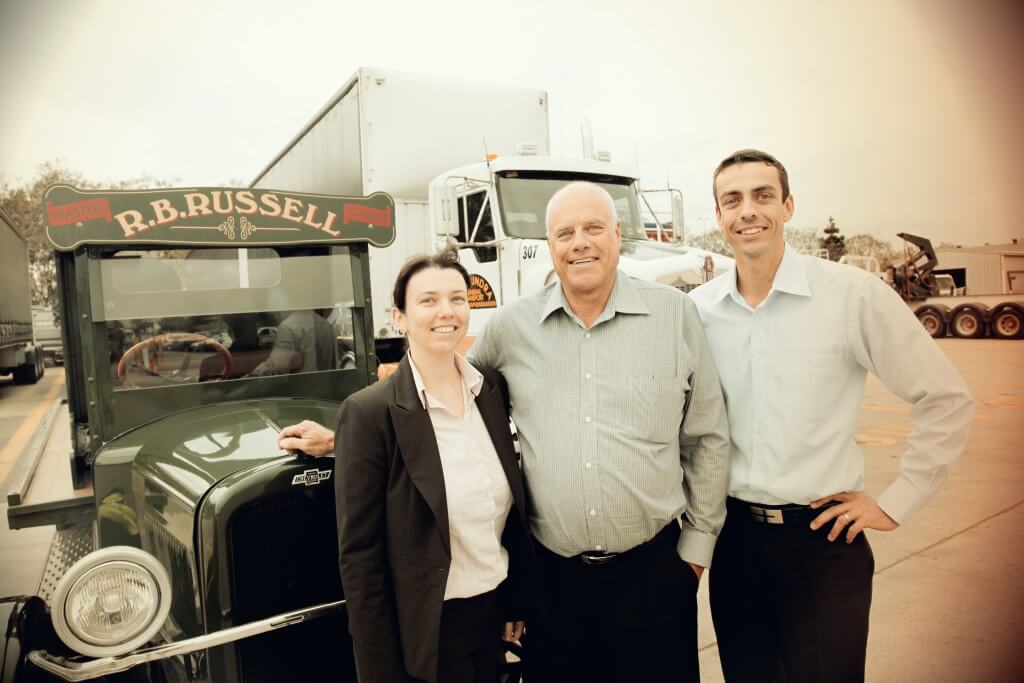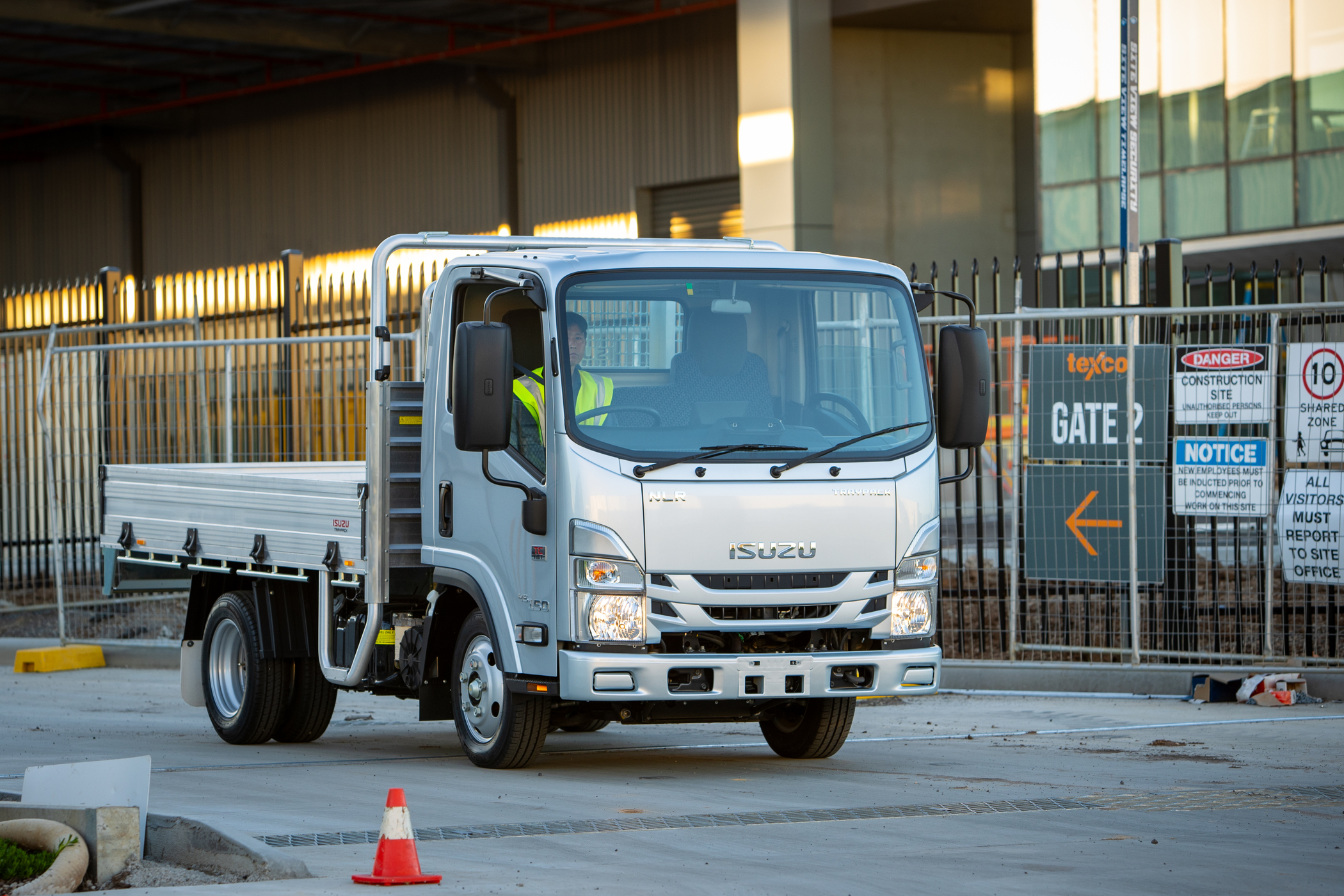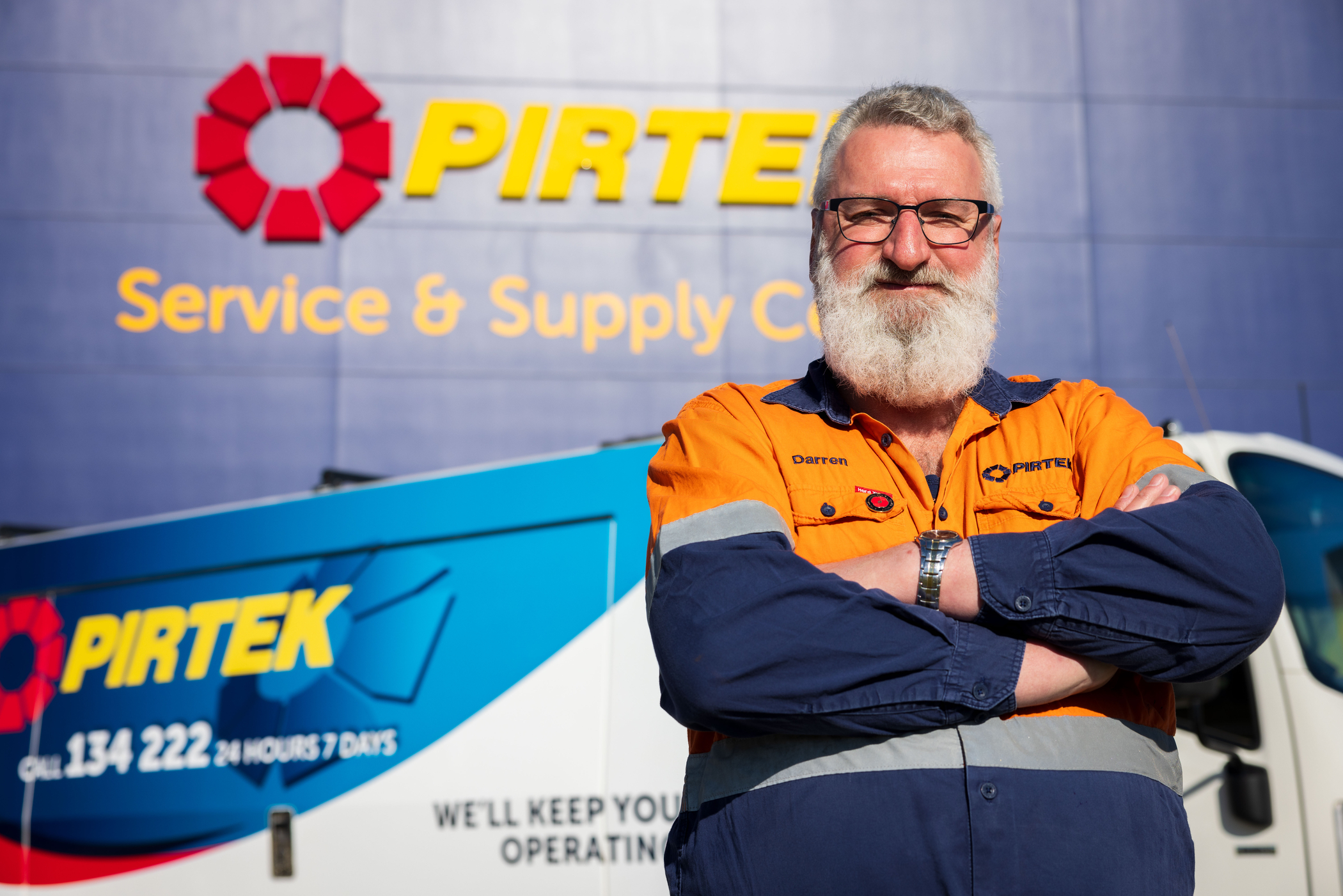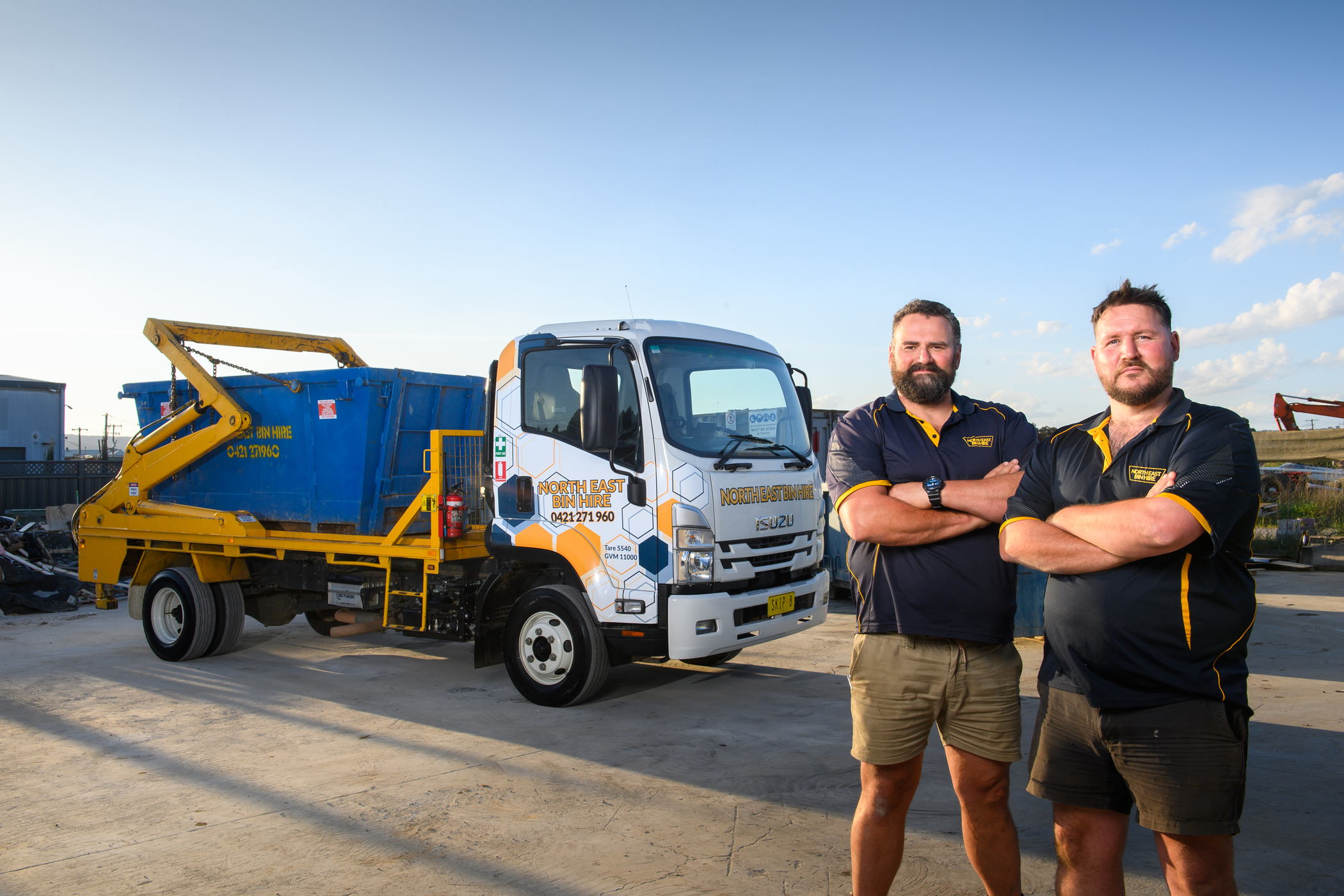TRUCKING WOMAN OF THE YEAR JULIE RUSSELL TALKS SHOP WITH ISUZU

 While at the helm of Russell Transport, Julie Russell has faced some challenges that would rattle the steeliest of nerves. In 2011, one of her drivers rolled a B-double spilling 40 tonnes of liquid tallow into a creek that flowed directly into the Brisbane River. Thankfully no one was hurt, but handling the ensuing clean-up required the level-headed thinking and composure that has made Julie a key figure in the Australian transport industry – and the 2015 National Trucking Industry woman of the Year. We sat down with Julie to talk safety, driverless trucks and the challenges of running a family transport enterprise.
While at the helm of Russell Transport, Julie Russell has faced some challenges that would rattle the steeliest of nerves. In 2011, one of her drivers rolled a B-double spilling 40 tonnes of liquid tallow into a creek that flowed directly into the Brisbane River. Thankfully no one was hurt, but handling the ensuing clean-up required the level-headed thinking and composure that has made Julie a key figure in the Australian transport industry – and the 2015 National Trucking Industry woman of the Year. We sat down with Julie to talk safety, driverless trucks and the challenges of running a family transport enterprise.
Tell us about your role at Russell Transport?
Russell Transport is a family business that started in 1925. My role started when I was 18 or 19 as a receptionist, back when my grandmother was running the place with my father. As Director I look after the back end of business, things like administration, HR, risk and compliance, and new technological advances. My active role is manager and support service - I don’t drive a truck, and I don’t do sales or allocations, I oversee things like the business website and marketing.
Tell us about Russell Transport’s truck fleet?
We have just over 100 vehicles, from prime movers, to body trucks like curtainsiders and an Isuzu NNR with a tray that we use as our breakdown vehicle. We also have trailer units set aside for very specific work like heavy haulage.
Can you tell us about winning the 2015 ATA award for National Trucking Industry Woman of the Year?
It’s always an honour to be nominated for an award! Although I don’t do things in the industry because I want an award or I want to be acknowledged, I do it because I want to make the industry better. For someone to award you for just that intent makes me feel really proud. They’re looking at how you participate and the efforts you make to be part of the community. These awards just reflect the values I've learned from my family and growing up in the industry.
In 2011, one of your B-double trucks rolled-over, and you were faced with 40 tonnes of liquid tallow spilling into a nearby creek. What are the challenges of facing a situation like that and how did you manage it?
In these situations you have to think about what is in the best interest of the community, and doing whatever it costs to get it under control. When I got the phone call, my first concern was the driver and I think most people in that situation would be the same. The driver was fine and the prime mover had remained upright which was a relief. However, tallow was flowing freely into a creek bed which ran into the Brisbane River so I knew we needed to act quickly to get this under control. I called our insurance provider NTI immediately and they got on to it really quickly. They assigned a claims manager, contacted the police and the environmental clean-up authority, and we got a plan together. We had to clear the solidifying tallow off the top of the creek, and push it over to a pump to suck it out. My brother was instrumental in managing the clean-up process also. He even brought two inflatable dinghies, and we were right there in the creek bed cleaning up the tallow together. In these situations, you need a level head and people around you to keep a level head. You need to think beyond just the next day, it’s a long term vision and you need to think strategically about the best way to handle it.
When it comes to people and driver management, how would you describe your approach?
I think I'm a straight shooter and an analytical thinker - I like to think big sky and strategic direction so it’s important that people I work with directly can follow my pace and respond accordingly to push the business forward. It’s important to be clear of your expectations. If I am unhappy about someone’s behaviour I hold them to account for it, but I also move on, I don’t hold it against them forever.
What are the biggest changes you have noticed in trucking in the past few years?
Some of the biggest changes that come to mind have been the introduction of the National Heavy Vehicle Regulator (NHVR). That has certainly created its own vibration in the industry. I know for many years they’d tried to establish a regulator of some description and now that’s actually getting off the ground, and finding its feet, we’re seeing more and more changes, positive changes that help to project the industry forward.
What are some of the challenges facing women in the trucking industry?
I meet women all the time in the transport industry and many of them run their own transport companies but I do definitely think it’s still a male-dominated industry. For me it’s not about gender it’s about the enthusiasm you show, and your ability to learn. If businesses see people willing to work, they’ll put you forward for the next job.
How does Russell Transport train and retain good drivers?
We provide the best equipment and the best support network we can in those first foundation months and ‘buddy’ up new drivers with someone that understands our freight tasks. Retaining drivers is about our culture and behaviour and values as a business. We've also lost good drivers before because there wasn’t enough work. People want to be motivated and feel useful and if you can’t offer that they’ll find it elsewhere.
How important is driver safety to your business?
Driver safety is one of the fundamental values of our business. With drivers, we always consider the number of hours they've had in the week, and their fatigue. We have supervisors that go and assess a route or a job site before we take a truck there to be sure there’s safe access for staff and our vehicles.
Does Russell Transport use telematics? If so, what benefits has the tool had for your business and driver training?
We’ve used a telematics system for years. We use it now to drive our speed management program, if someone’s coming to a road notorious for speeding we have it geo-fenced and it pops up immediately. We have our telematics informing us every minute now, it tells us about seatbelts, how long a vehicle has been operating, how long it takes to brake etc. It tells drivers how they’re driving, fuel usage per kilometre, and how they utilise their vehicle.
What are your thoughts on the driver shortage facing Australia?
In the next 20 years I think the type of driver we’ll be after will be completely different to today’s driver due to how much more technology there will be in our businesses, our vehicles and even on our roads. Who is to say drivers may even be in the trucks? Driver-less technology is going to change the number of drivers you need, and the tasks they need to do. It’s hard to find drivers that want to do the long-haul shifts because they don’t want to be away from family – if we were driver-less, they might get to sit at a desk and go home at a normal time. Perhaps technology will inspire the next generation of workers who may want to work in technology or finance to enter the industry as well.


Playtime’s over, get $3,500* to spend on extras.
If you’re ready to get serious about tackling bigger jobs, grab yourself an NLR 45-150 AMT SWB Traypack from the Ready-to-Work range for $62,990 drive away*. And to prove we aren’t playing, buy any NLR Traypack before June 30 and you’ll get $3,500* to spend on genuine accessories or an Essentials service agreement.
Learn more



